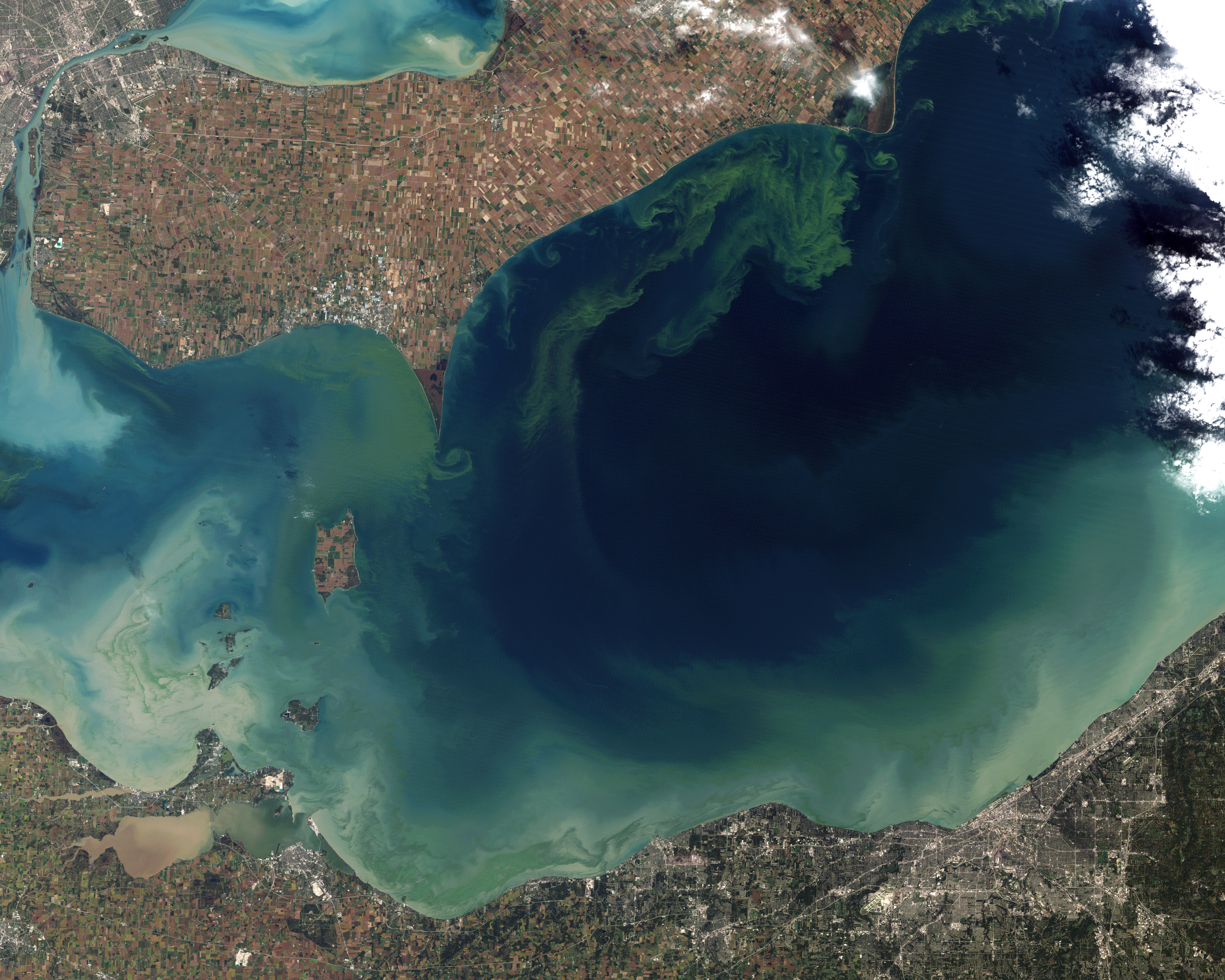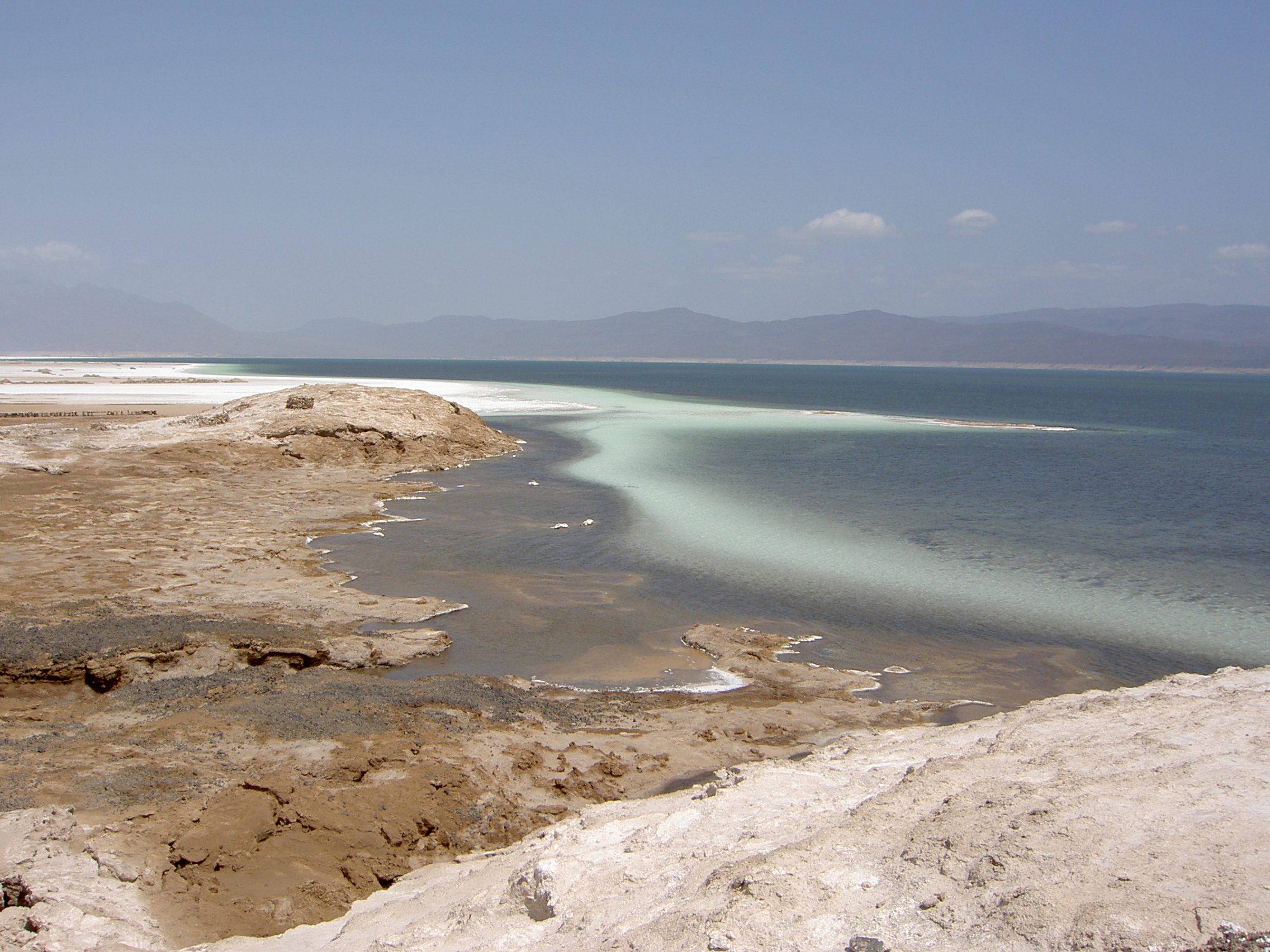|
Odontesthes Bonariensis
''Odontesthes bonariensis'' is a species of Neotropical silverside, an euryhaline fish native to fresh, brackish and salt water in south-central and southeastern South America, but also introduced elsewhere. It is often known by the common name Argentinian silverside or pejerrey (the latter is of Spanish origin, meaning "king fish," the Latin ''piscis'' given rise to "pez," ''fish'', and "peje," a kind of fish, and "rey," ''king''), but it is not the only species of silverside in Argentina and pejerrey is also used for many other silversides. It is a commercially important species and the target of major fisheries. ''O. bonariensis'' resembles the other species in the genus ''Odontesthes'', but it is larger, generally reaching up to in total length, and exceptionally as much as long and in weight (reports of even larger are unconfirmed and questionable). Range, habitat and status ''Odontesthes bonariensis'' is native to subtropical and temperate South America east of the Ande ... [...More Info...] [...Related Items...] OR: [Wikipedia] [Google] [Baidu] |
Achille Valenciennes
Achille Valenciennes (9 August 1794 – 13 April 1865) was a French zoologist. Valenciennes was born in Paris, and studied under Georges Cuvier. His study of parasitic worms in humans made an important contribution to the study of parasitology. He also carried out diverse systematic classifications, linking fossil and current species. He worked with Cuvier on the 22-volume "'' Histoire Naturelle des Poissons''" (Natural History of Fish) (1828–1848), carrying on alone after Cuvier died in 1832. In 1832, he succeeded Henri Marie Ducrotay de Blainville (1777–1850) as chair of ''Histoire naturelle des mollusques, des vers et des zoophytes'' at the Muséum national d'histoire naturelle. Early in his career, he was given the task of classifying animals described by Alexander von Humboldt (1769–1859) during his travels in the American tropics (1799 to 1803), and a lasting friendship was established between the two men. He is the binomial authority for many species of fish, s ... [...More Info...] [...Related Items...] OR: [Wikipedia] [Google] [Baidu] |
Lake Nemi
Lake Nemi ( it, Lago di Nemi, la, Nemorensis Lacus, also called Diana's Mirror, la, Speculum Dianae) is a small circular volcanic lake in the Lazio region of Italy south of Rome, taking its name from Nemi, the largest town in the area, that overlooks it from a height. Archaeology and history The lake is famous for its sunken Roman ships. These ships were very large and technologically advanced for their time. The lake was sacred to the goddess Diana Nemorensis and the site of the festival Nemoralia. Near the sanctuary of Diana were found a number of diminutive bronze statues of draped women and men, each holding libation bowls and incense boxes. Four of these figures are now in the British Museum's collection. Emperors Caligula and Tiberius sailed Lake Nemi not merely to cool off in summer, but to assert themselves as Nemorensis, rulers aligning with the Stars, wedded to Earth's perpetual life-force. Near the temple of Diana was the sacred grove of Aricia. Here there wa ... [...More Info...] [...Related Items...] OR: [Wikipedia] [Google] [Baidu] |
Hybrid (biology)
In biology, a hybrid is the offspring resulting from combining the qualities of two organisms of different breeds, varieties, species or genera through sexual reproduction. Hybrids are not always intermediates between their parents (such as in blending inheritance), but can show hybrid vigor, sometimes growing larger or taller than either parent. The concept of a hybrid is interpreted differently in animal and plant breeding, where there is interest in the individual parentage. In genetics, attention is focused on the numbers of chromosomes. In taxonomy, a key question is how closely related the parent species are. Species are reproductively isolated by strong barriers to hybridisation, which include genetic and morphological differences, differing times of fertility, mating behaviors and cues, and physiological rejection of sperm cells or the developing embryo. Some act before fertilization and others after it. Similar barriers exist in plants, with differences in floweri ... [...More Info...] [...Related Items...] OR: [Wikipedia] [Google] [Baidu] |
Temperature-dependent Sex Determination
Temperature-dependent sex determination (TSD) is a type of environmental sex determination in which the temperatures experienced during embryonic/larval development determine the sex of the offspring. It is only observed in reptiles and teleost fish. TSD differs from the chromosomal sex-determination systems common among vertebrates. It is the most studied type of environmental sex determination (ESD). Some other conditions, e.g. density, pH, and environmental background color, are also observed to alter sex ratio, which could be classified either as temperature-dependent sex determination or temperature-dependent sex differentiation, depending on the involved mechanisms. As sex-determining mechanisms, TSD and genetic sex determination (GSD) should be considered in an equivalent manner, which can lead to reconsidering the status of fish species that are claimed to have TSD when submitted to extreme temperatures instead of the temperature experienced during development in the wild, ... [...More Info...] [...Related Items...] OR: [Wikipedia] [Google] [Baidu] |
Fish Larvae
Ichthyoplankton (from Greek: ἰχθύς, , "fish"; and πλαγκτός, , "drifter") are the eggs and larvae of fish. They are mostly found in the sunlit zone of the water column, less than 200 metres deep, which is sometimes called the epipelagic or photic zone. Ichthyoplankton are planktonic, meaning they cannot swim effectively under their own power, but must drift with the ocean currents. Fish eggs cannot swim at all, and are unambiguously planktonic. Early stage larvae swim poorly, but later stage larvae swim better and cease to be planktonic as they grow into juveniles. Fish larvae are part of the zooplankton that eat smaller plankton, while fish eggs carry their own food supply. Both eggs and larvae are themselves eaten by larger animals. Fish can produce high numbers of eggs which are often released into the open water column. Fish eggs typically have a diameter of about . The newly hatched young of oviparous fish are called larvae. They are usually poorly formed ... [...More Info...] [...Related Items...] OR: [Wikipedia] [Google] [Baidu] |
Global Warming
In common usage, climate change describes global warming—the ongoing increase in global average temperature—and its effects on Earth's climate system. Climate variability and change, Climate change in a broader sense also includes previous long-term changes to Earth's climate. The Instrumental temperature record, current rise in global average temperature is more rapid than previous changes, and is Scientific consensus on climate change, primarily caused by humans burning fossil fuels. Fossil fuel use, deforestation, and some Greenhouse gas emissions from agriculture, agricultural and Environmental impact of concrete, industrial practices Greenhouse gas emissions, increase greenhouse gases, notably carbon dioxide and Methane emissions, methane. Greenhouse gases greenhouse effect, absorb some of the heat that the Earth radiates after it warms from sunlight. Larger amounts of these gases Earth's Energy Imbalance, trap more heat in Earth's lower atmosphere, causing glob ... [...More Info...] [...Related Items...] OR: [Wikipedia] [Google] [Baidu] |
Algal Bloom
An algal bloom or algae bloom is a rapid increase or accumulation in the population of algae in freshwater or marine water systems. It is often recognized by the discoloration in the water from the algae's pigments. The term ''algae'' encompasses many types of aquatic photosynthetic organisms, both macroscopic multicellular organisms like seaweed and microscopic unicellular organisms like cyanobacteria. ''Algal bloom'' commonly refers to the rapid growth of microscopic unicellular algae, not macroscopic algae. An example of a macroscopic algal bloom is a kelp forest. Algal blooms are the result of a nutrient, like nitrogen or phosphorus from various sources (for example fertilizer runoff or other forms of nutrient pollution), entering the aquatic system and causing excessive growth of algae. An algal bloom affects the whole ecosystem. Consequences range from the benign feeding of higher trophic levels to more harmful effects like blocking sunlight from reaching other ... [...More Info...] [...Related Items...] OR: [Wikipedia] [Google] [Baidu] |
Aeromonas Hydrophila
''Aeromonas hydrophila'' is a heterotrophic, Gram-negative, rod-shaped bacterium mainly found in areas with a warm climate. This bacterium can be found in fresh or brackish water. It can survive in aerobic and anaerobic environments, and can digest materials such as gelatin and hemoglobin. ''A. hydrophila'' was isolated from humans and animals in the 1950s. It is the best known of the species of ''Aeromonas''. It is resistant to most common antibiotics and cold temperatures and is oxidase- and indole-positive. ''Aeromonas hydrophila'' also has a symbiotic relationship as gut flora inside of certain leeches, such as ''Hirudo medicinalis''. Structure ''Aeromonas hydrophila'' bacteria are Gram-negative, straight rods with rounded ends (bacilli to coccibacilli shape) usually from 0.3 to 1.0 μm in width and 1.0 to 3.0 μm in length. They can grow at temperatures as low as 4 °C. These bacteria are motile by a polar flagellum. Pathology Because of its structure, it is ... [...More Info...] [...Related Items...] OR: [Wikipedia] [Google] [Baidu] |
Lernaea
''Lernaea'' is a genus of copepod crustaceans whose members are commonly called ''anchor worms'' and are parasitic on freshwater fishes. Life cycle Anchor worms mate during the last free-swimming (copepodid) stage of development. After mating, the female burrows into the flesh of a fish and transforms into an unsegmented, wormlike form, usually with a portion hanging from the fish's body. Eggs are released from the posterior "tails" (egg sacs) into the water, where they hatch within 24 to 36 hours. The nauplii will go through three stages before molting into copepodids, which associate with fish gills. After a further five stages and mating, the male leaves the host and dies, while the female transitions into the anchored stage (may move to different fish host). Diagnosis Symptoms of anchor worm can be as follows: # Anchor worms (''Lernaea'' sp.) can be seen with the naked eye # Frequent rubbing or "flashing" # Localised redness # Inflammation on the body of the fish # Tiny ... [...More Info...] [...Related Items...] OR: [Wikipedia] [Google] [Baidu] |
Fish Disease And Parasites
Like humans and other animals, fish suffer from diseases and parasites. Fish defences against disease are specific and non-specific. Non-specific defences include skin and scales, as well as the mucus layer secreted by the epidermis that traps microorganisms and inhibits their growth. If pathogens breach these defences, fish can develop inflammatory responses that increase the flow of blood to infected areas and deliver white blood cells that attempt to destroy the pathogens. Specific defences are specialised responses to particular pathogens recognised by the fish's body, that is adaptative immune responses. In recent years, vaccines have become widely used in aquaculture and ornamental fish, for example vaccines for commercial food fishes like Aeromonas salmonicida, furunculosis in salmon and Lactococcosis\Streptococcosis in farmed grey mullet, Tilapia and koi herpes virus in koi. Some commercially important fish diseases are VHS, ICH, and whirling disease. Parasites ... [...More Info...] [...Related Items...] OR: [Wikipedia] [Google] [Baidu] |
Hypersaline
A hypersaline lake is a landlocked body of water that contains significant concentrations of sodium chloride, brines, and other salts, with saline levels surpassing that of ocean water (3.5%, i.e. ). Specific microbial species can thrive in high-salinity environments that are inhospitable to most lifeforms, including some that are thought to contribute to the colour of pink lakes. Some of these species enter a dormant state when desiccated, and some species are thought to survive for over 250 million years. The water of hypersaline lakes has great buoyancy due to its high salt content. Hypersaline lakes are found on every continent, especially in arid or semi-arid regions. In the Arctic, the Canadian Devon Ice Cap contains two subglacial lakes that are hypersaline. In Antarctica, there are larger hypersaline water bodies, lakes in the McMurdo Dry Valleys such as Lake Vanda with salinity of over 35% (i.e. 10 times as salty as ocean water). The most saline water body in the ... [...More Info...] [...Related Items...] OR: [Wikipedia] [Google] [Baidu] |


.jpg)



